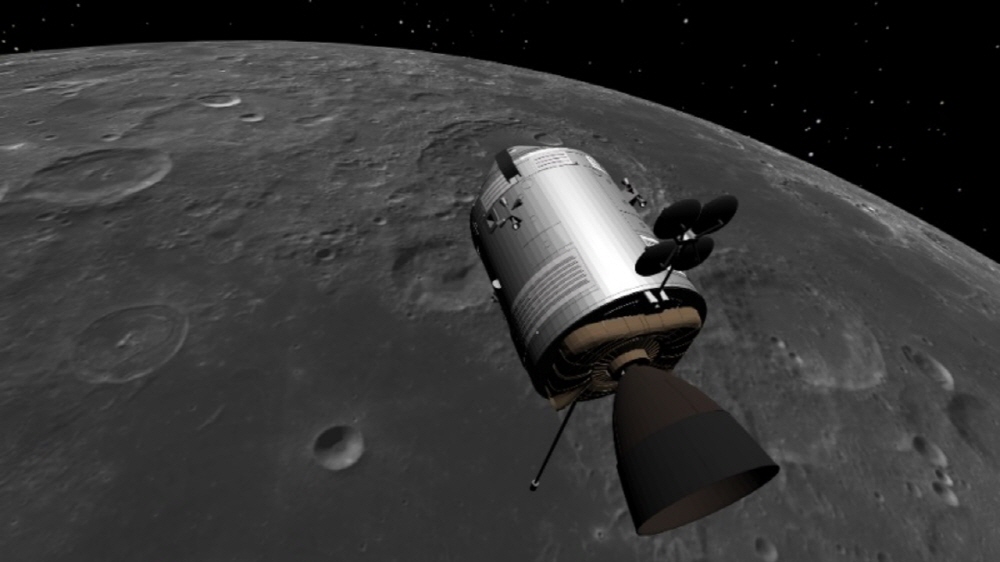
The European Space Agency’s ESA research team used a new simulator to reproduce the Apollo 15 mission. Rethinking other missions with this simulator will give you a fresh perspective on existing data and will help you plan your missions everywhere.
The ESA research team reproduced the historical mission in a high-definition 360-degree video using a system called SPICE developed by JPL, a jet propulsion research center under NASA. Spice can be used as a new way to demonstrate and validate stored scientific data. At the same time, it can be expected to provide a platform to test systems that will be used during future missions.
The Spice platform will be based at ESAC, the European Space Astronomy Center, located in Spain. The software interprets and processes data collected from past missions, such as the 1971 Apollo 15 mission to the moon with scientific instruments loaded. It found a new way for this old data.
Through this, ESA reproduced the lunar landscape seen from the Apollo 15 command ship CSM, orbiting the moon. The ESA research team has revealed that location data can be specifically pointed to through detailed moon readings, elevation models, and combined equipment results. The research team used data collected through tools such as CSM gamma-ray spectrometer and X-ray fluorescence spectrometer to obtain information such as altitude, direction, and speed. To check the accuracy of reproduction, the images collected by the camera mounted on the SIM and the artificially created scene were also compared. In addition, it has realized a resolution of 5m per pixel through terrain data collected through modern equipment.
In addition to flying over the moon, the research team also reproduced the landing of the Apollo 15 lander and driving in a moon vehicle around the landing site. ESA, which also conducted solar electric propulsion tests and moon observations, also modeled SMART-1, which was made in 2003.
ESA plans to use Spice for other exploration data analysis such as Mars Express, Venus Express, and Rosé, and for missions such as Luna 27, Russia, which will explore the moon in 2025. It is expected that by simulating a mission for the moon, system development, such as avoiding dangerous terrain among many difficult requirements, will be able to be tested in advance. This data can be experienced in 360 degrees if you have a virtual reality headset. Related information can be found here .


















Add comment